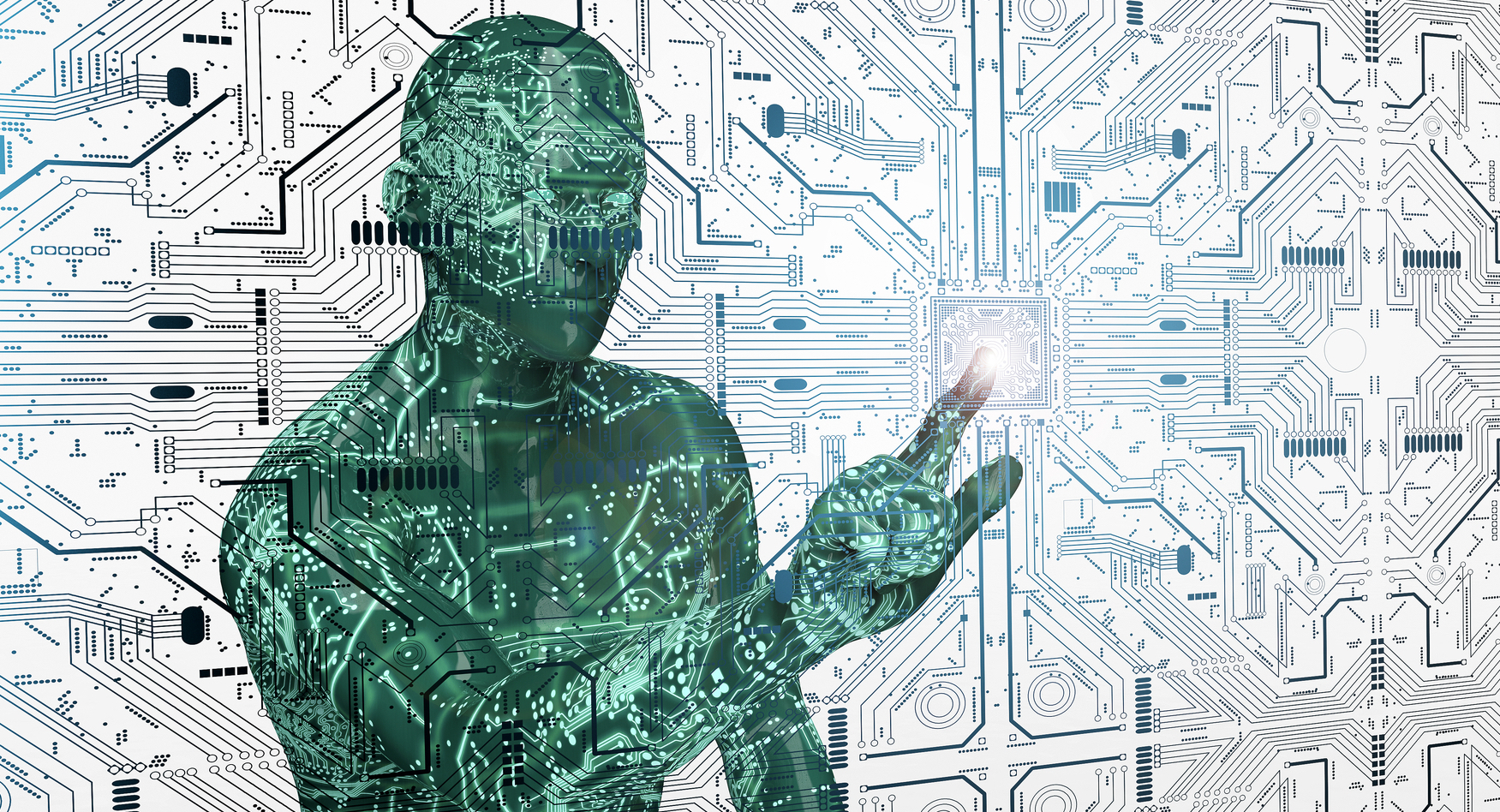
Not surprisingly, one of the expected outcomes of the COVID-19 pandemic is going to involve healthcare leaders rethinking the way healthcare is delivered from top to bottom. And AI is likely to be a significant part of the resulting changes.
That’s according to the recent report from global tech analysts IDC, dubbed “IDC FutureScape: Worldwide Health Industry 2021 Predictions.”
As Mutaz Shegewi, research director, IDC Health Insights, summed up the pandemic’s effect in a statement accompanying the report, ”The 2021 worldwide health industry predictions focus on the disruptive forces of COVID-19 and how the pandemic changes everything. The transformation taking shape in the new normal and journey that lays ahead toward the next normal presents with it many emerging opportunities, challenges, use cases, and lessons that will fast-forward healthcare and life sciences into an entirely unforeseen future.”
Among those opportunities and challenges, according to the report:
- Alarmed by COVID-19 pandemic shortages, life science and healthcare provider companies will increase investments in AI and advanced analytics by 50% by 2022 to avoid future supply chain disruptions.
- Accelerated by the emergence of the new coronavirus, investments by life science companies in digital initiatives to support the utilization of real-world evidence globally will double by 2022.
- The economic and clinical vulnerability resulting from the pandemic will drive 20% of healthcare organizations to embrace integrated care to improve outcomes during 2021.
- By 2023, 65% of patients will have accessed care through a digital front door as healthcare providers look for better ways to improve access, engagements and experiences across all services.
- By the end of 2021, seven of the 10 leading wrist-worn wearables companies will have released algorithms capable of early detection of potential signs of infectious diseases, including COVID-19 and the flu.
- Fueled by COVID-19, digitally enabled remote care and clinical trials will drive 70% growth in spending on connected health technologies by providers and life-science companies by 2023.
- By 2023, 60% of health insurance products will be characterized by two communities, standard or individualized, which will be portable and accommodate social determinants of health.
- By 2024, the proliferation of data will result in 60% of healthcare organizations' IT infrastructure being built on a data platform that will use AI to improve process automation and decision-making.
- To enable immersive training for healthcare professionals and enhance customer experience, 60% of providers will move from proof of concept to full deployment of AR/VR technologies by 2025.
- By 2026, 65% of medical imaging workflows will use AI to detect underlying disease and guide clinical intervention, while 50% will use teleradiology to share studies and improve access to radiologists.


